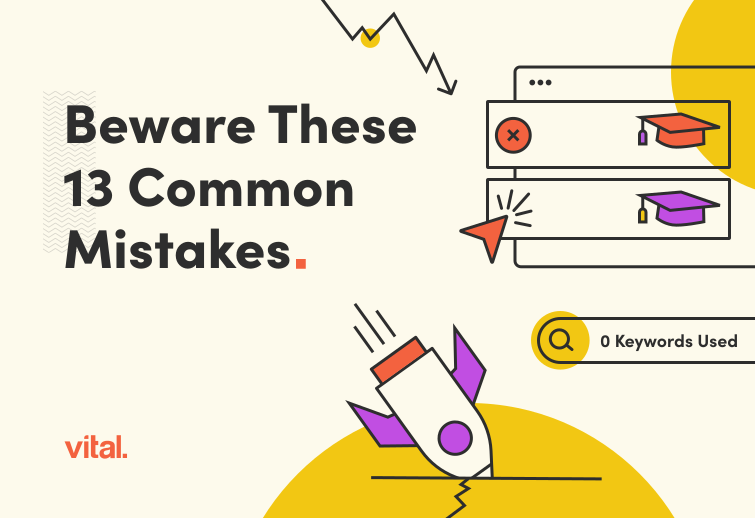Let’s face it – as digital marketers, we know our audiences are most often consuming our content on their mobile devices. According to Google, 60% of web searches are done from a smartphone. It doesn’t take an analytics genius to understand that mobile-first indexing simply makes sense.
What is Mobile-First Indexing?
Webmasters have long been focused on the need for mobile optimization, but with mobile-first indexing, Google will be rewarding companies that have mobile or responsive websites. Here’s how Google explains its ongoing move to mobile-first indexing:
“To recap, our crawling, indexing, and ranking systems have typically used the desktop version of a page’s content, which may cause issues for mobile searchers when that version is vastly different from the mobile version. Mobile-first indexing means that we’ll use the mobile version of the page for indexing and ranking, to better help our – primarily mobile – users find what they’re looking for.”
Simply put: mobile-first indexing means that the mobile version of the pages on your site will be used for indexing and ranking, to better help users find what they’re looking for.
This might raise your blood pressure, but don’t panic. As Bridget Randolph of Moz points out, “It’s called ‘mobile-first’ because it’s not a mobile-only index: for instance, if a site doesn’t have a mobile-friendly version, the desktop site can still be included in the index.” You won’t be completely erased from SERP rankings, but it is wise to begin the process of building a mobile-friendly or responsive site.
How Is SEO Affected?
If your site has been built with responsive website design, then you should be A-OK. But you’ll want to ensure that your content is optimized for the mobile platform, and that your load times are prioritized.
If you have a separate mobile website with differentiated content, it can get a bit trickier. Mobile-first indexing has Googlebot crawling the mobile version of your site first, which will likely impact your rankings and completely throw off SEO.
Thankfully, Google has highlighted a few best practices for mobile-first indexing to ensure that your SEO is not impacted and that your rankings stay consistent. According to Google:
- Your mobile site should contain the same content as your desktop site. If your mobile site has less content than your desktop site, you should consider updating your mobile site so that its primary content (text, images and videos) match your desktop site.
- Structured data should be present on both versions of your site. Make sure URLs in the structured data on the mobile versions are updated to the mobile URLs.
- Metadata should be present on both versions of the site. Make sure that titles and meta descriptions are equivalent across both versions of your site.
- Verify both versions of your site in Google Search Console to make sure you have access to data and messages for both versions.
Google began rolling out the new algorithm in late April, but not everyone has been impacted just yet. Be on the lookout for a notification via Search Console, which will alert you when your site has been migrated to mobile-first indexing.
If you would like further insight into how mobile-first indexing and responsive website design affect your organization, or some expert consultation on optimizing your web properties for Google’s ever-changing search algorithms, just contact us at Vital. Cutting-edge web strategy is one of our specialties.


